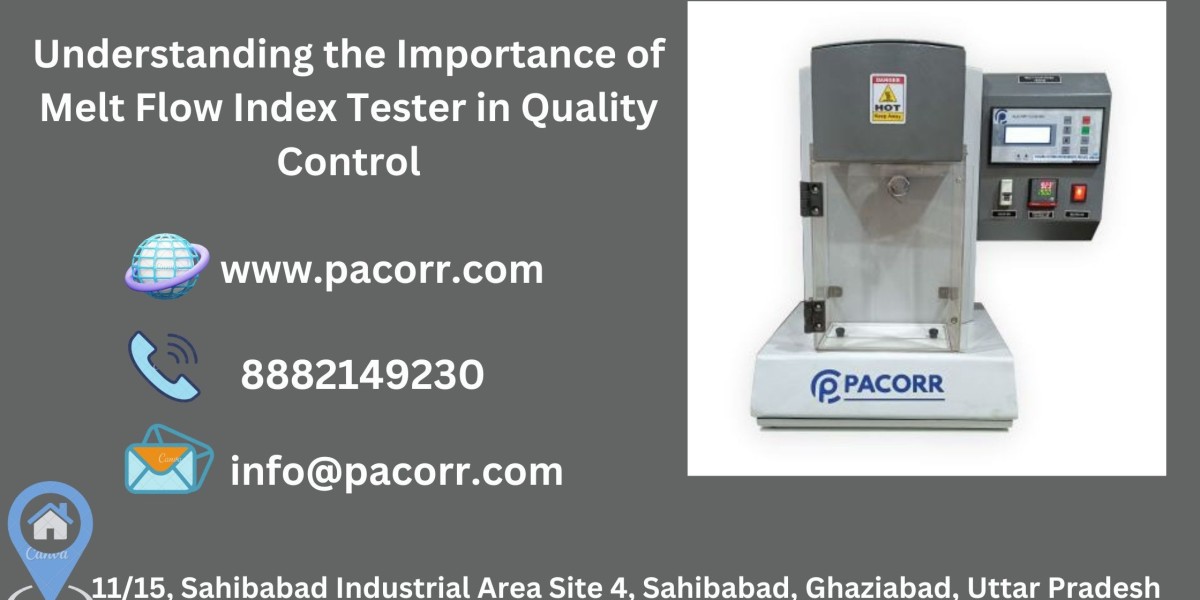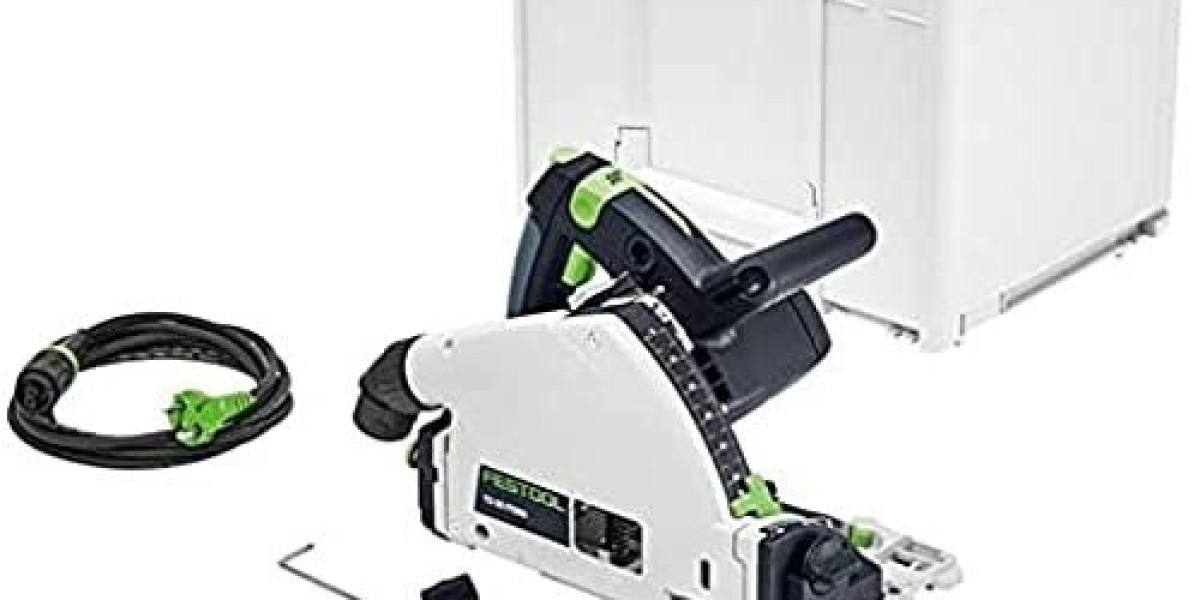Introduction
In the plastic manufacturing industry, ensuring consistent quality is a top priority. The Melt Flow Index Tester is a pivotal instrument that helps manufacturers assess the flow characteristics of polymer materials under specific conditions. At pacorr.com, we take pride in offering advanced testing solutions that cater to the diverse needs of industries worldwide. In this article, we explore the features, benefits, and applications of the Melt Flow Index Tester to help you understand its significance.
What is a Melt Flow Index Tester?
A Melt Flow Index Tester Price is designed to evaluate the melt flow rate (MFR) of thermoplastics. This test determines the amount of polymer that flows through a capillary under controlled heat and pressure over a specified time. The results provide crucial insights into the viscosity, molecular structure, and processing behavior of the material.
At pacorr.com, our Melt Flow Index Testers are engineered with precision to deliver accurate and reliable results, enabling manufacturers to optimize their processes and meet stringent quality standards.
Key Features of the Melt Flow Index Tester from pacorr.com
- High-Temperature Range: Our testers support a broad range of temperatures, accommodating various thermoplastics like polyethylene, polypropylene, and polystyrene.
- User-Friendly Design: Equipped with an intuitive interface, the machine ensures ease of operation for professionals at all levels.
- Advanced Heating Mechanism: Ensures uniform heat distribution for consistent testing results.
- Durable Construction: Built with robust materials to withstand industrial environments.
- Digital and Computerized Models: Choose between digital models for straightforward testing and computerized models for advanced analysis, including integrated weighing scales for added accuracy.
Benefits of Using the Melt Flow Index Tester
- Quality Assurance: Enables manufacturers to detect variations in polymer grades and maintain uniform quality in production.
- Process Optimization: Helps identify the ideal processing conditions, reducing material waste and enhancing productivity.
- Regulatory Compliance: Assists in meeting international quality standards like ASTM D1238 and ISO 1133.
- Cost Efficiency: By ensuring consistent material properties, it minimizes defects and returns.
Applications of Melt Flow Index Tester
- Plastic Manufacturing: For evaluating the flow properties of raw materials.
- Packaging Industry: Ensures that plastic films, bottles, and containers meet the desired quality.
- Automotive Sector: Tests materials used in components like dashboards and bumpers.
- Research and Development: Aids in polymer formulation and innovation.
Why Choose Pacorr for Melt Flow Index Tester?
At pacorr.com, we prioritize innovation and reliability. Our Melt Flow Index Testing is designed to deliver precision, speed, and consistency, making it an indispensable tool for quality control. Additionally, we offer expert support to ensure seamless integration into your testing process.
Conclusion
The Melt Flow Index Tester is an essential instrument for ensuring the quality and performance of thermoplastics. Whether you’re in manufacturing, R&D, or quality assurance, this tool provides the insights you need to make informed decisions. Explore our range of testing instruments at pacorr.com and elevate your quality control standards.
Frequently Asked Questions (FAQ) About Melt Flow Index Tester
1. What is a Melt Flow Index Tester?
A Melt Flow Index Tester is a device used to measure the flow rate of melted thermoplastics under specific heat and pressure conditions. It provides insights into the material's viscosity and processing characteristics.
2. Why is Melt Flow Index (MFI) important in manufacturing?
MFI is crucial because it helps manufacturers determine the quality, consistency, and suitability of polymer materials for specific applications. It ensures that the material meets production and performance standards.
3. What industries use the Melt Flow Index Tester?
The Melt Flow Index Tester is commonly used in:
- Plastic manufacturing for quality control.
- Packaging to test films, bottles, and containers.
- Automotive to ensure material reliability in components.
- Research and Development for polymer innovation.
4. How does the Melt Flow Index Tester work?
The instrument heats the polymer sample to a specified temperature. Under a defined weight, the molten polymer is extruded through a capillary die, and the flow rate is measured in grams per 10 minutes.
5. What materials can be tested with the Melt Flow Index Tester?
The tester can evaluate a wide range of thermoplastics, including:
- Polyethylene (PE)
- Polypropylene (PP)
- Polystyrene (PS)
- Acrylonitrile Butadiene Styrene (ABS)
6. What are the standards for MFI testing?
The Melt Flow Index Tester adheres to internationally recognized standards such as:
- ASTM D1238
- ISO 1133
These standards ensure uniformity and reliability in test results.
7. What are the key features of Pacorr's Melt Flow Index Tester?
Pacorr's Melt Flow Index Tester offers:
- Broad temperature ranges for various thermoplastics.
- Intuitive design for easy operation.
- Digital and computerized models for precise measurements.
- Durability for industrial environments.
8. What is the difference between digital and computerized models?
- Digital Model: Provides straightforward measurement with manual data handling.
- Computerized Model: Offers advanced data analysis and includes an integrated weighing scale for enhanced accuracy.
9. How does MFI testing improve production efficiency?
MFI testing helps manufacturers optimize processing conditions, reduce material waste, and ensure consistent product quality, ultimately enhancing productivity.
10. How often should the Melt Flow Index Tester be calibrated?
Regular calibration is recommended to maintain accuracy. The frequency depends on usage and operational conditions but is generally suggested at least once a year.
11. Can Pacorr's Melt Flow Index Tester handle high-temperature materials?
Yes, Pacorr's testers are designed to handle a wide range of temperatures, making them suitable for testing high-temperature polymers.
12. What support does Pacorr provide for its testing instruments?
Pacorr offers comprehensive customer support, including installation guidance, training, maintenance services, and prompt troubleshooting assistance.
13. How can I purchase a Melt Flow Index Tester from Pacorr?
You can explore the product details and place an inquiry directly on our website, pacorr.com, or contact our sales team for assistance.
14. Is the Melt Flow Index Tester easy to operate?
Yes, Pacorr’s Melt Flow Index Tester Price is designed with user-friendly features, making it easy to operate even for beginners.
15. Can the Melt Flow Index Tester be used for research purposes?
Absolutely! The tester is widely used in research and development to evaluate polymer properties and develop new materials.








